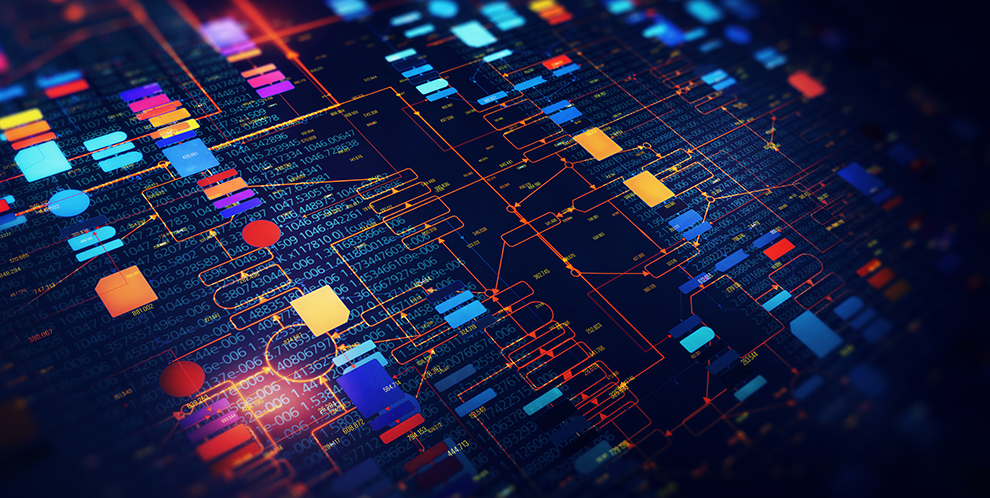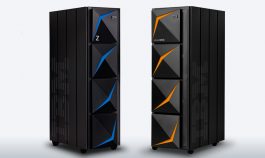Looking into the future of IT: Will AI rule the world?

In the first part of this “future of IT” series, I posed the question: What will IT look like a decade from now?
To begin the conversation, I outlined the three major segments of IT — procedural IT, statistical IT and machine learning IT — noting that machine learning will see the most growth in the next ten years. Breakthroughs in machine learning are already finding applications in numerous industries, and software houses are increasingly staffed with data scientists for that purpose.
But there’s more to pay attention to in the future of IT.
Mobile and large-scale neural processors
Neural processing demands a huge amount of parallelism but relatively low performance for each of the parallel “threads” in the execution phase. Classic processors are built for the reverse use case — a limited amount of threads, each with high performance.
But the separation between these worlds is fading: Mobile device processors are increasingly fitted with on-chip “coprocessors” for neural inference (the user-side task, leveraging a fully trained neural network). Conventional processors could be gradually augmented with additional neural cores for machine learning, and new processors built from scratch for these tasks are seeing the light: IBM TrueNorth is an example of a chip built for massively parallel neural inference, paired with incredibly low power consumption — 70 mW, one thousandth of today’s CPU consumption.
New data infrastructures
The vast quantity of examples required for training neural networks is a valuable asset, which shouldn’t be deleted once the training phase for a specific task is completed. Besides a potential re-use in subsequent training runs, that data will likely spawn new marketplaces for training samples. Think of the millions of hours of annotated street driving videos required for the training of basic autonomous driving skills.
The data infrastructure will have to adapt to these phases of machine learning: (1) the collection and annotation of large amounts of examples, (2) the training phase itself, requiring heavy throughput capabilities, and (3) the trading phase of archived samples. At scale, this needs to become a workflow between S3-compatible data collectors like IBM Cloud Object Storage System, high-performance file systems for training like IBM Spectrum Scale and trading platforms for data exchange.
Deep learning in IT
So, what will IT look like in the age of cognitive workloads and deep learning?
Before long, organizations will have to make new decisions when investing in IT projects. The decision of “make or buy” will soon become “teach or buy” — meaning, do I have the right skills to teach the machine, or is there a ready-made (online) skilled service that I can tap? Is the required skill part of my organization’s intellectual property, or is it generic knowledge?
Organizations will also have to determine whether they want the technology on premises or in a public cloud, and whether their data is allowed to leave the local boundaries.
The public option is perfect for data that is not confidential, with standard tasks that are ready to run — by pre-trained IBM Watson cloud services, for example. For data that belongs only to your company and needs to be kept secure, as well as for more complex tasks that require custom training, you might prefer a private option that takes advantage of the IBM PowerAI software platform.
And of course, many organizations will want to interweave the two into a hybrid cloud environment so that different data can be stored and analyzed in the most optimal way. For a hybrid environment, persistent cluster storage software like IBM Spectrum Scale can run underneath the various cloud environments — serving the purpose of giving you one data layer for everything, without “data tourism.”
Will AI rule the world?
I’m really excited to see how machine learning evolves and shapes the future of information technology. I don’t share the concern that artificial intelligence will “take over humanity” and rule the world. Instead, I think it will liberate us of many mundane tasks and decisions, and give us the freedom to start new ventures. In that respect, it will not be different from all previous industrial/transport/communication revolutions.
If your company is looking to take the next steps on this journey, IBM Systems Lab Services can help. We have proven experience helping organizations design for cognitive business.


